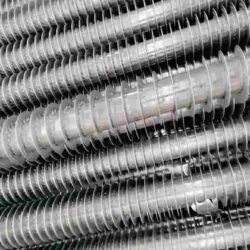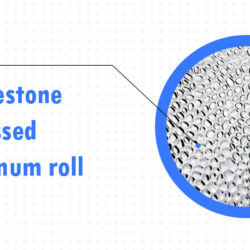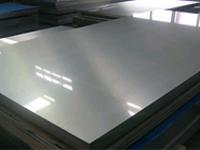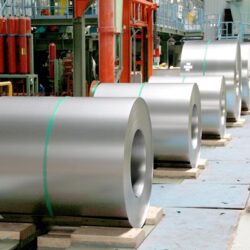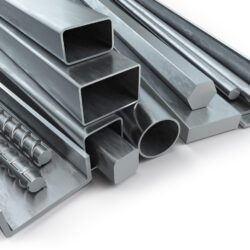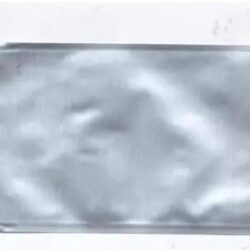Oxidation is a process that happens to aluminum over time and results in a dull appearance to your aluminum items. It may also appear to be “stained” with a chalky, white substance. You can find oxidation on almost any aluminum item, from pots and pans to appliances to even the siding on RVs and trucks.
Aluminum oxidation happens faster than steel oxidation because aluminum has a strong affinity for oxygen. When all the aluminum atoms have bonded with oxygen, the oxidation process stops.

How to Oxidize Aluminum
Aluminum has a high strength-to-weight ratio, and its patina is the same color as the metal. Therefore, many industries use aluminum, in place of steel or plastic, for strong, lightweight parts that resist corrosion. However, the aluminum surface does oxidize, and oxidation weakens the metal. Scratching and incising the softened, oxidized layer creates undulation in the patina, but the surface color will not vary, unless you rub pigment over the incisions. Aluminum oxidation hastens with an abundance of ions washed over the aluminum surface.
Step 1
Mix equal parts salt and water to create a saline slurry. The water partially dissolves the salt, allowing the slurry to stick to the aluminum.
Step 2
Rub the slurry over the aluminum surface and allow it to set for one week.
Step 3
Clean the aluminum surface with water and a wire brush. Remove all of the crusted salt.
Step 4
Rub the slurry over the aluminum surface again. Do not disturb the surface for one additional week.
Step 5
Rinse the aluminum surface with water to dissolve the remaining salt. Allow the aluminum to dry. A patina, from oxidation, will have formed on the aluminum surface, although there will not be a change in the color or finish of the surface.
